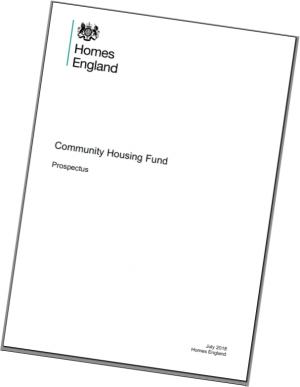



The government has launched a £163 million fund to support community-led affordable housing. The scheme is being administered by Homes England (the successor to the Homes and Communities Agency) and bids are invited under a 'continuous market engagement' process that will continue until all the money has been allocated or December 2019, whichever comes first.
Crucially, the Prospectus makes it clear that the scheme is available for conversions and refurbishment:
Conversions and refurbishments
20. In addition to new build homes, the Fund will support activities which will lead to the conversion or refurbishment of existing buildings for housing where there is evidence of need for this form of development. Phase 1 offers 'seedcorn funding' along with funding for enabling works to unlock sites by developing infrastructure such as access routes. It should be noted that there is no guarantee that an allocation of seedcorn funding will produce a subsequent allocation of capital. The following might qualify for the seedcorn funding:
20. In addition to new build homes, the Fund will support activities which will lead to the conversion or refurbishment of existing buildings for housing where there is evidence of need for this form of development. Phase 1 offers 'seedcorn funding' along with funding for enabling works to unlock sites by developing infrastructure such as access routes. It should be noted that there is no guarantee that an allocation of seedcorn funding will produce a subsequent allocation of capital. The following might qualify for the seedcorn funding:
- the costs of forming a corporate body
- feasibility studies
- surveys
- architects fees
- legal fees
- training and capacity-building
